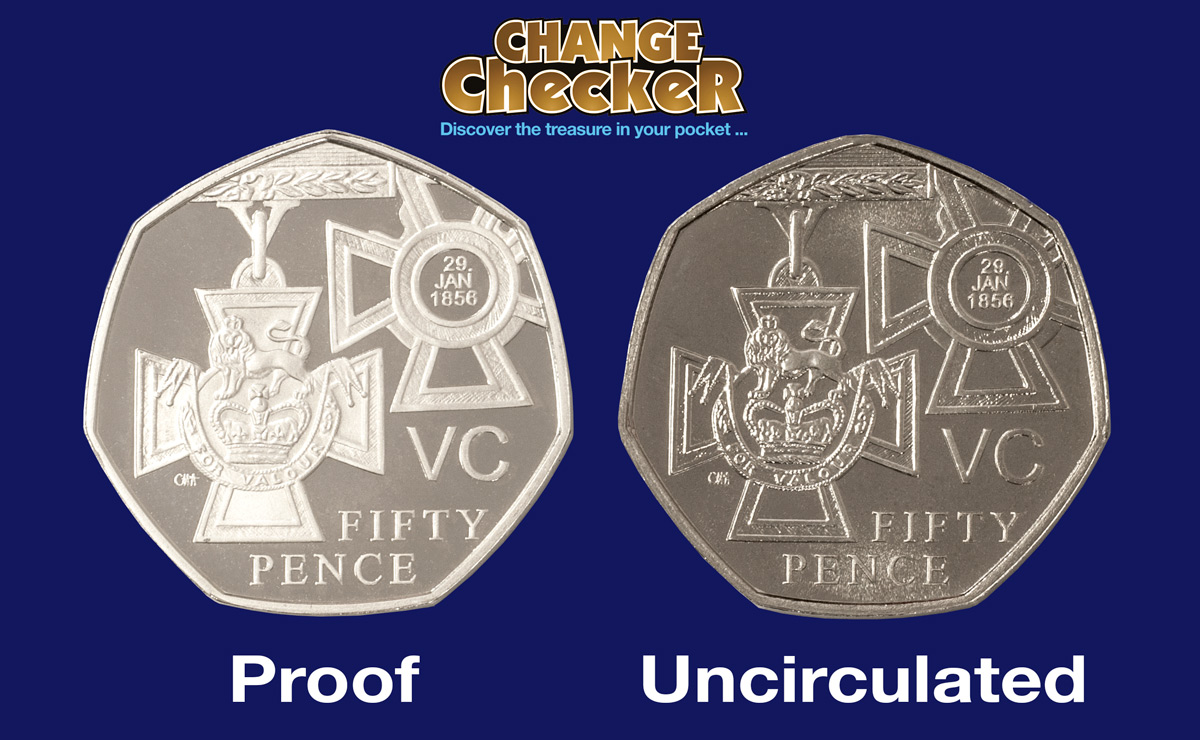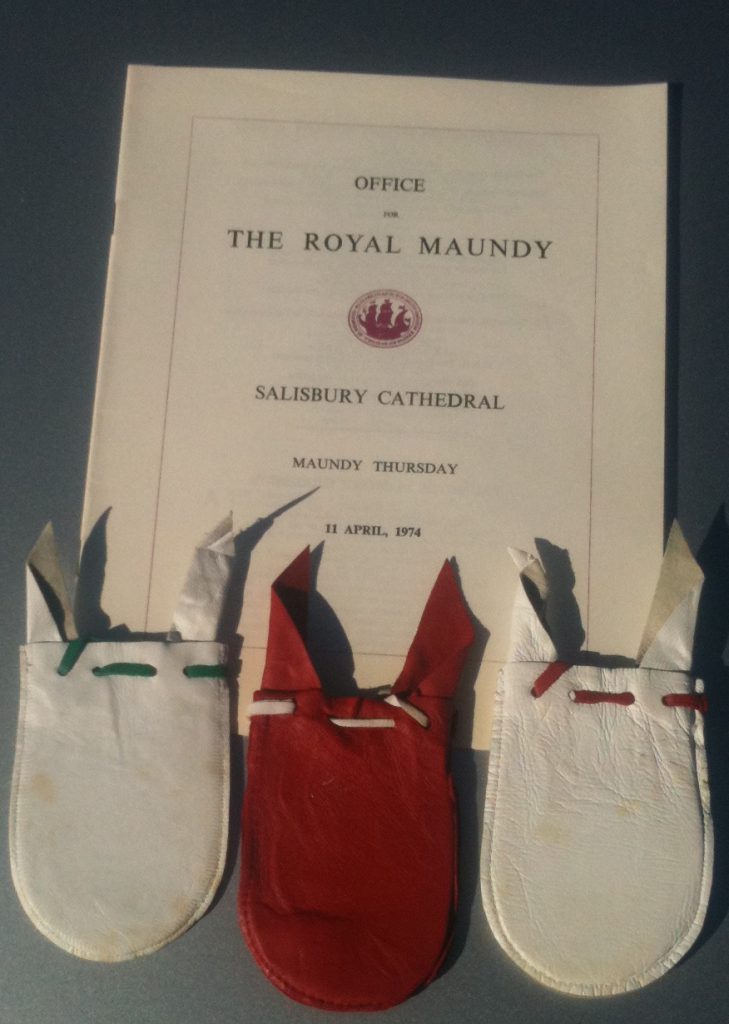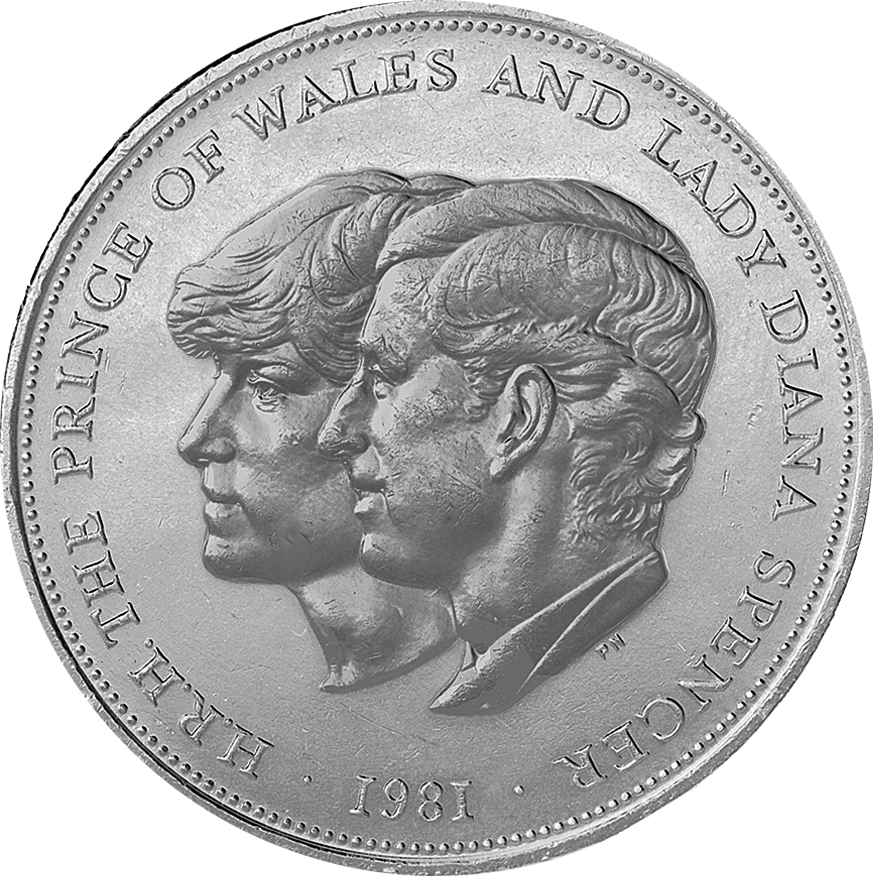Coin Info
How much is my coin worth? – A four point guide.
I receive queries on a daily basis from collectors who are keen to know about the origin of their coins and their design. This is in essence what Change Checker is all about – finding a distinctive coin in your loose change and having the intrigue to find out more about its design and history.
But the most common question is how much is my coin worth? Coins are no different to any other kind of collectible in many ways; there are certain criteria which you should always look out for, and which can help you to determine how collectible or valuable your coin is. Often It’s a very difficult question to answer, but I have put together my top four points which are the most important factors to consider.
1. Condition
Circulating coins as you would expect are subject to a lot more wear and tear than the coins you find in presentation packs. This is detrimental to the coin’s value because the design begins to lose its shape and definition. Of course, some older coins can maintain desirability because of their history, but on a like-for-like basis, a coin with clear definition in the design will certainly be more valuable than the one which has worn down over time. The sooner you can take your coin out of circulation and add it to your collection, the better.
Whilst collectors do favour coins which are in a good condition, I should also emphasise the importance of not cleaning your coin to try and improve its appearance. This can irreversibly damage the coin and in fact lower its value. General dirt can be removed with a damp, non-abrasive cloth but you should always try and avoid using any chemical-based product.
2. Scarcity
Scarcity is possibly the most important factor to consider when trying to determine a coin’s value. Generally speaking, a scarce coin will sell for considerably more than a common one. The Kew Gardens 50p for example is the scarcest of all UK circulating coins; there are just 210,000 in circulation out of approximately 1 billion fifty pence pieces. In February 2014 the British press broke this story and speculation over the coin’s value escalated the price to the point where some were being offered for hundreds of pounds.
Coins are no different to other kinds of commodities in that respect – price is determined by the basic laws of supply and demand. Higher demand is created by a low mintage, which drives the market price of the coin upwards. In the case of the Kew Gardens 50p, this price was artificially high given that the coin is one which you can find in your normal change. But since then the coin has achieved an almost legendary status, meaning finding one today is extremely difficult – most have been squirreled away into private collections.
3. A story

Approximately 100,000 undated 20ps entered circulation in November 2008. It is a rare example of a ‘mule’ coin.
This can often tie-in with rarity, as the coins with a good story behind them tend to be the ones which are difficult to get your hands on! The “undated 20p” is a recent example of a such a coin. It is known as a ‘mule’ – a coin with a mismatched obverse and reverse (heads and tails). The name derives from a mule being the hybrid offspring of a horse and donkey.
In 2008 when the reverse of the 20p coin changed to the new Royal Shield design, approximately 100,000 coins were accidentally struck with the previous obverse die and therefore there was no date on the coin. In a similar way to the Kew Gardens story, some of the prices being quoted as a result of media coverage were extraordinary. Mules are highly sought after by collectors, and an undated 20p will certainly be worth more than its face value in years to come.
The undated 20p is not the first coin to capture the imagination of collectors. In 1933, there were already enough pennies in circulation so only around six or seven were produced with that year date. With no precise record of the number struck, it seemed perfectly feasible for one to turn up in everyday use, prompting an entire generation to begin checking their change. One of these elusive 1933 pennies would be worth around £50,000 in today’s market.

The original Aquatics Olympic 50p design was withdrawn quickly, and not many made it into circulation
Do you recognise these Olympic 50p designs? If you’ve got the one on the left, it could be worth a great deal more than 50p. The Royal Mint initially struck the Aquatics Olympic 50p with the waves flowing over the swimmer’s face before changing the design to make the face more visible. None have recorded an officially catalogued selling price to date, but this ‘error’ coin is exactly the sort of thing which collectors look for, and a three-figure sum for this particular 50p is not unlikely.
4. Striking
 The coins we find in our everyday change are finished in a completely different way to the coins in specialist packs and sets.
The coins we find in our everyday change are finished in a completely different way to the coins in specialist packs and sets.
As a collector you may already be familiar with the various striking methods, but the two main types of finish are as follows:
- Uncirculated
Uncirculated coins are exactly what they say they are – coins which have never entered circulation. They are struck in the same way and from the same metal as circulating coins. Ordinary uncirculated coins can have scuffs and minor imperfections whereas brilliant uncirculated ‘specimen’ coins are issued specially for collectors and have a higher value attached as they have been handled and produced with more care.
- Proof
Proof coins are produced with a much higher standard of finish than the coins in circulation as they are collected purely for their numismatic value. Proof coins will often have an edition limit and specific theme or appearance which collectors look for. They are struck using special dies which are used fewer times and polished between each strike. They have a far more detailed appearance and are produced in much smaller quantities, making them inherently more valuable.
Remember…
The truth is that most coins are worth only their face value. They have been produced extensively for centuries, and far outweigh the number of coin collectors. Therefore the chances that you’ve got something that nobody else has seen before are very slim indeed, but that chance does still exist…
The quick answer to any Change Checker who is curious about the value of their coin, is that if it is legal tender, it will always be worth at least its face value.
Beyond that, they key question is how desirable is it to a collector?
A coin is worth as much as someone is willing to pay for it, and there is no black and white guide for this. Just remember, you should never underestimate the importance of checking your change. It’s often the little details which make the big difference to a coin’s value.
 Are you a Change Checker?
Are you a Change Checker?
If you’re interested in coin collecting why not become a registered Change Checker.
You can find, collect and swap all the UK circulating commemorative coins straight from your change.
88 pence that you won’t find in your change…
Maundy Thursday is a key day during the Easter week. It commemorates Jesus Christ’s last supper on the day before his crucifixion.
A Church service known as Royal Maundy takes place each year on this day, and is inspired by the generosity shown by Jesus in washing the feet of his disciples shortly before his death. The origins of the ceremony can be traced back to the Middle Ages, when English monarchs would wash the feet of beggars and offer gifts of food and clothing in imitation of Jesus. King John was the first to give to the poor on Maundy Thursday and by the early 14th century, it had become customary for the sovereign to provide a meal, together with gifts of food and clothing.
Sharing the Wealth
For numismatists, the day has added significance in the form of Maundy money which is given out by the reigning monarch each year at the service.
The tradition of giving out money began with Charles II, with the first set of Maundy coins consisting of a four penny, three penny, two penny and a penny. The coins have remained in much the same form since then, and are traditionally struck in sterling silver.
At the Royal Maundy ceremony, the reigning monarch hands each recipient two small leather string purses – one white, one red. The red purse contains ordinary coinage as money (in lieu of the food and clothing which was offered years ago) and the white contains silver Maundy coins. The Maundy coins total the age of the King or Queen in pence, so this year each white purse will contain 88 pence as this year’s service is in the Queen’s 88th birthday year.

A chosen few
Nowadays it is not the poor who are the recipients of this gift, but specially chosen members of the public in recognition of the service they have given to the Church and local community.
The number of men and women receiving Maundy Money also equals the age of the sovereign during the year, and since the reign of George I, the recipients have been an equal number of men and women. For example, in 2015 there were 88 men and 88 women from Lancashire who were nominated to receive 88 pence in Maundy coins.
The tradition and heritage behind Maundy money makes them among the most sought-after coins in British numismatic history. Their owners are part of an exclusive club which dates back centuries, and they still exemplify the generosity and selfless work of the Church during this, the most important week in the Christian calendar.
If you’re interested in coin collecting, our Change Checker web app is completely free to use and allows users to:
– Find and identify the coins in their pocket
– Collect and track the coins they have
– Swap their spare coins with other Change Checkers

Sign up today at: www.changechecker.org/app
25 pence – the ‘unknown’ denomination
Nowadays, the very idea of a 25p coin seems strange and certainly not something that would ever be adopted into our monetary system. However, between 1972 and 1981, four 25p coins were issued in the UK and if you know about them, you can call yourself a true Change Checker – as for most of us it has become the ‘unknown’ denomination.
A new decimal era
In 1971, decimalisation brought about a significant change in British coinage. Amongst other denominations, the crown, which had always traditionally been worth 5 shillings, was re-tariffed. Logic dictated that the value of a crown was now 25 pence. Logic does not always follow common sense, nonetheless in 1972 the first 25p was issued as a commemorative, and three more were to follow:
The very first 25 pence coin was struck to honour the Silver Wedding Anniversary year of Queen Elizabeth II and Prince Philip. The reverse design features their initials and anniversary dates.
Five years later in 1977, the Queen celebrated her Silver Jubilee. For this crown, a rarely seen portrait of Her Majesty on horseback was struck for the obverse, similar to the famous Coronation crown. The reverse depicts the ampulla and anointing spoon used in the ceremony.

The 1980 crown was the very first time a person other than a monarch had been portrayed on a coin in their own lifetime; that honour went to the Queen Mother for her 80th birthday. The reverse design features a pattern of bows and lions – a pun on her maiden name (Bowes-Lyon).
1981 saw Charles and Diana’s wedding. The crown issued for the occasion was the very first time that three people had been portrayed on a British coin simultaneously, with the reverse featuring a conjoined portrait of the bridal couple.
Despite their obvious lack of denomination, all the coins are legal tender, but the reality is that most banks and retailers would be reluctant to accept them. There was nothing wrong with the continuity of these 25p crowns – they were all their familiar size, all struck in cupro-nickel as before, and all commemorated a Royal British occasion.
However, the Royal Mint recognised a problem.
A denomination consigned to history
By 1990 inflation had meant that to issue such a large coin at a face value of 25p would result in a large portion of income being taken up in minting the coin. By way of comparison, the purchasing power of the first commemorative crown in 1935 was well over ten times that of a 25p crown in 1990. It was also a glaring mismatch in terms of a weight to value ratio. Four 25p crowns totalling £1 weighed about the same as 12 of the £1 coins which entered circulation in 1983.
As a result, it was determined that all future crown sized coins would have a face value of £5. In fact, nowadays if you were to ask most people the value of any crown-sized coin, their response would be £5 as we have so readily become accustomed to this new denomination.
But for those in the know, there will always be four highly collectible exceptions to the rule.
Now you can own all four of the decimal 25p crowns with The United Kingdom Decimal Crown Collection.
These are:
- 1972 Silver Wedding
- 1977 Silver Jubilee
- 1980 Queen Mother’s Birthday
- 1981 Charles and Diana’s Wedding
Complete in Change Checker Protective Cards click here to reserve.







